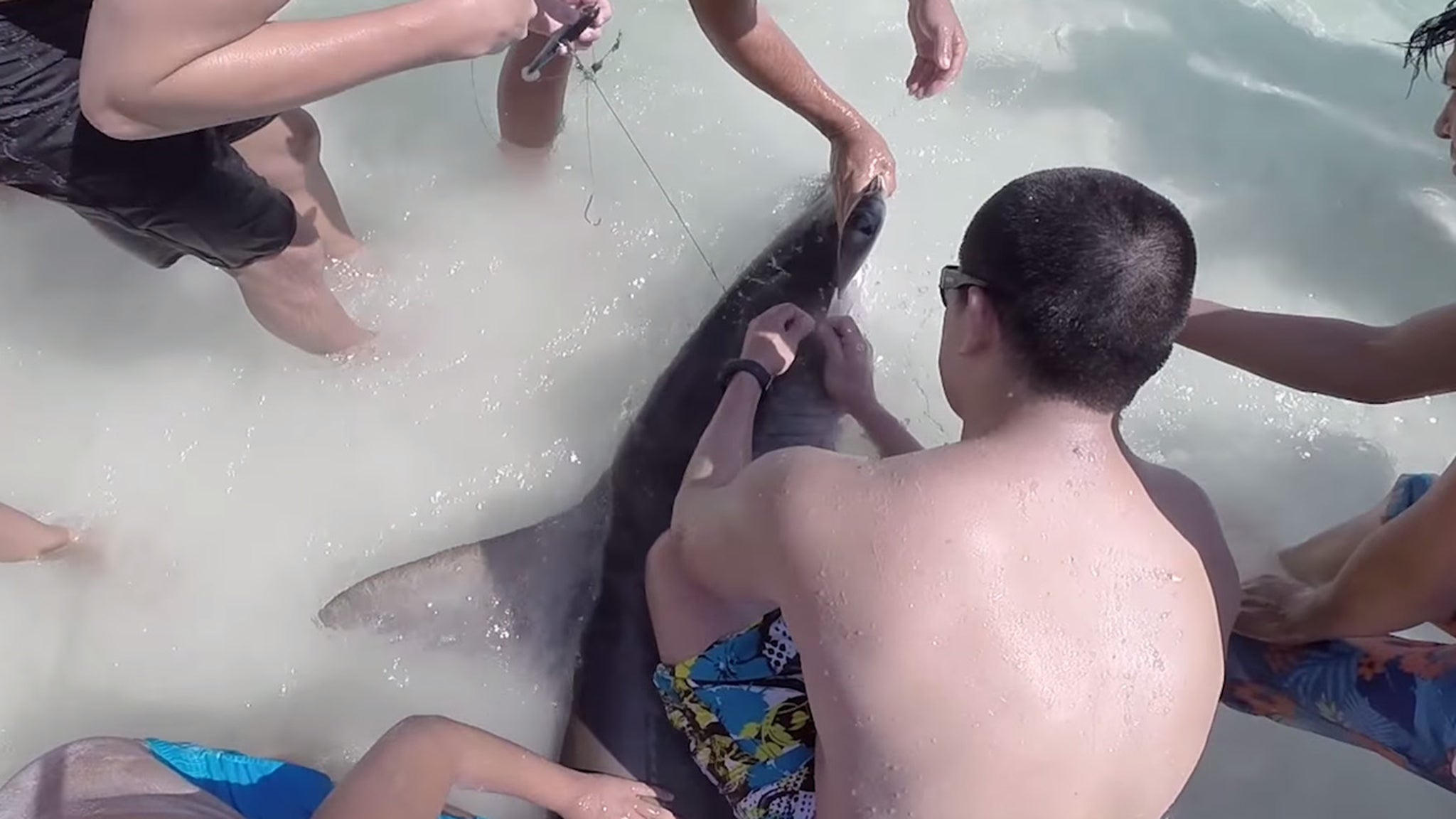
Dimock chronicled his own brush with a more-than-noteworthy-sized hammerhead on the end of his line off the coast of Cayo Costa, in his book, “Florida Enchantments.” “He is a shark of the most sharklike propensities and his fury when he gets entangled in a net - as he sometimes does - is of the most ferocious nature,” said a Los Angeles Herald article published in February 1906. However, there were always reports of at least one shark that stood out as a king among the beasts. Soon news of Florida’s “man-eating monsters” circled the country. Charlie Thompson hauled in a 20-foot hammerhead that weighed in at 2,169 pounds. In 1905, while turtle fishing off the coast of the Everglades aboard his boat “The Barracouta,” Capt. Once the water begins to cool in late fall, the hammerheads head south again.įor as long as fishermen have set their lines in the Gulf, encounters with those massive hammerheads have been common. Hammerheads are frequent visitors along the Gulf Coast, arriving en masse as they follow the schools of tarpon heading north. Greg Stunz, director of the Harte Research Institute and also part of the Shark Week expedition. “They’ve got such a unique morphology with the hammer, and they are one of the biggest sharks in terms of ones that humans come in contact with, especially near the shore where encounters are prevalent,” said Dr. Matt Ajemian, marine biologist and member of the Shark Week expedition. “It’s amazing that these animals have been able to survive through several mass extinction events with little change to their biology,” said Dr. They routinely grow to mammoth proportions, reaching 20 feet in length and can easily weigh more than 1,000 pounds. The great hammerhead is the biggest of the hammerhead species - with its flattened mallet-shaped head - found locally. Like many a great folk tales, this fantastic fish story is rooted in fact. “Next thing you know, this thing is all over the world.” The truth behind the fish tale “It was printed in the school paper, and then Englewood’s paper wrote about, then a bigger paper and a bigger paper. “We had no idea it was going to become the story that it did,” Knight said. The boys collected all the fish tales of Boca Grande sharks into a single story. Wilbur had heard numerous tales of giant sharks from his father, who worked on the old phosphate docks.

Johns Knight Jr., a Boca Grande historian, remembers one specific giant hammerhead that was seen year after year in the pass that had the head of a harpoon spear protruding from its back.Īccording to Knight, whose family has lived in Boca Grande since the early 1900s, the legend took off because of a school project done by him, his brother and a family friend, Harlan Wilbur, in 1968. It was just one of many battle scars that covered its dark brown skin. There was a swastika-shaped scar on its forehead, a result of either a propeller scar or the carvings of some wayward local youth, depending on the source. The shark swam away with the large knife still embedded in its dorsal fin.
#Shark bridge photo full
The fisherman struck the shark with a machete after it mauled a net full of fish and began bumping the 15-foot vessel. There was a notch in its dorsal fin, a result of a run-in with a commercial mullet fisherman off the coast of Useppa Island in the early 1960s. The supposed shark was as dark as a shadow and covered in scars.

Tales of a 20-foot hammerhead circulated. When Tampa Bay became the dominant shipping port in Florida, the shark’s legend followed north where it became bigger than ever. Anyone who spent time on the water seemed to have a hammerhead story, and they were just believable enough to be true.


Many of those sightings were attributed to giant hammerhead sharks cruising along the surface.Īs commercial fishing became one of the major local industries after the war, encounters with great hammerheads became more and more frequent. Merchant mariners and supply vessels, paranoid from the attacks, reported sightings of unidentified watercraft cruising around the major shipping ports. To combat the invasion, the United States Coast Guard and Navy deployed dirigible blimps to patrol the coast.


 0 kommentar(er)
0 kommentar(er)
